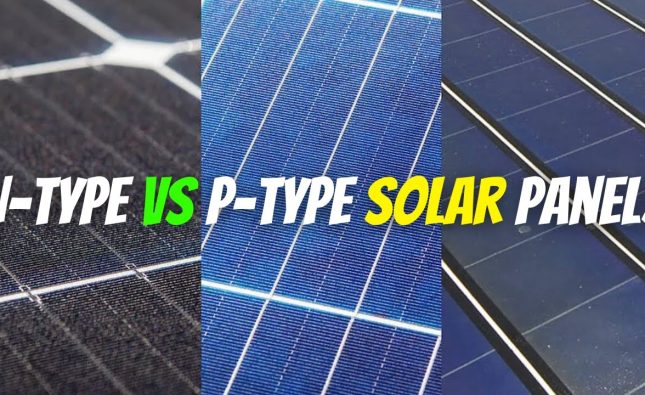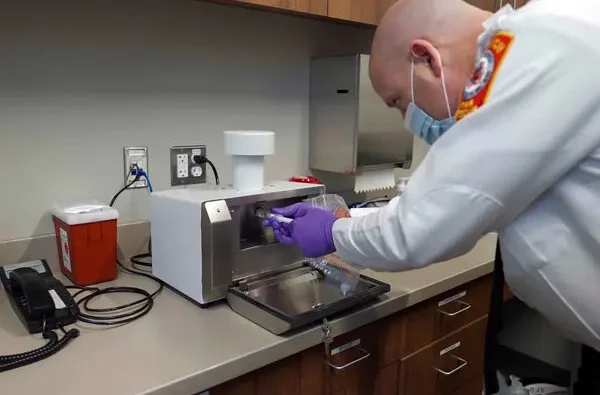
Introduction: What Is SWIPT-NOMA and Why Does It Matter?
In today’s world of fast-growing wireless technology, the demand for more efficient, reliable, and energy-conscious communication systems is greater than ever. One exciting solution gaining attention is Simultaneous Wireless Information and Power Transfer using Non-Orthogonal Multiple Access, or SWIPT-NOMA. This emerging concept has the potential to transform wireless networks by enabling the simultaneous delivery of data and power over the same frequency and time resources.
But while this idea is powerful, turning it into a real-world solution comes with challenges. From hardware limitations and interference to security and smart power allocation, engineers and researchers are working to overcome these issues.
In this article, we’ll break down what SWIPT-NOMA is, explore the real-world implementation challenges, and highlight some case studies where this tech is already showing promise.
Understanding SWIPT-NOMA: A Simple Explanation
Let’s start with the basics.
What is SWIPT?
Simultaneous Wireless Information and Power Transfer (SWIPT) is a technique where devices can receive energy and data from the same wireless signal. This allows a device like a sensor to recharge its battery and download data at the same time—saving power and reducing the need for wired charging.
What is NOMA?
Non-Orthogonal Multiple Access (NOMA) is a wireless communication strategy that allows multiple users to share the same frequency and time resources. Instead of dividing bandwidth among users like in traditional systems, NOMA assigns different power levels to users based on their signal quality, and users decode signals using a method called Successive Interference Cancellation (SIC).
Combine Them Together: SWIPT-NOMA
By combining both, SWIPT-NOMA offers:
- Better spectral efficiency (more data in less bandwidth)
- Energy harvesting for longer device life
- Improved connectivity, especially for dense networks like IoT and 5G
Key Challenges of SWIPT-NOMA Implementation
1. Interference Management
Because multiple users share the same resources in NOMA, interference is a big concern. Strong signals can overlap with weaker ones, making it harder for devices to decode their own data.
Solution: Advanced algorithms and filters are being developed to manage this interference, but real-time interference cancellation is still a tough problem.
2. Power Allocation and User Pairing
Not all devices need the same amount of power or data. In SWIPT-NOMA, getting the right balance of power for both energy harvesting and communication is complex.
Why it matters:
- Too little power: devices can’t harvest energy.
- Too much power: causes unnecessary interference.
Solution: Smart power allocation algorithms and AI-based user pairing techniques are in development to handle these tasks more efficiently.
3. Hardware Compatibility
Implementing SWIPT-NOMA requires special hardware that can both decode data and harvest energy at the same time. Most traditional devices don’t support this dual function.
Challenge: Designing affordable, energy-efficient hardware that fits into small devices like sensors or smartphones.
4. Security and Data Integrity
Because power and data are sent over the same channel, attackers may find new ways to eavesdrop or interfere. This creates security risks that aren’t present in traditional systems.
Solution: Researchers are exploring secure signal processing, encryption methods, and trusted computing frameworks for SWIPT-NOMA systems.
Real-World Applications and Success Stories
Despite the challenges, several real-world applications have shown that SWIPT-NOMA isn’t just a lab experiment—it’s making its way into practical use.
1. IoT Devices and Smart Sensors
Many Internet of Things (IoT) devices operate in remote areas with limited power sources. SWIPT-NOMA enables these devices to:
- Harvest power from radio signals
- Receive data updates
- Extend battery life
Example: Smart agriculture sensors that monitor soil and weather conditions while harvesting energy from a base station’s signal.
2. Wireless Charging Stations
Imagine placing your phone on a wireless charging pad that also sends your notifications, software updates, or even security patches. SWIPT-NOMA makes this possible.
Benefit:
- Saves energy
- Eliminates need for separate data and power connections
- Enhances user convenience
3. Satellite Communication Systems
Satellites face major constraints in terms of energy. With SWIPT-NOMA, satellites can:
- Receive commands and data
- Recharge components
- Reduce the frequency of maintenance missions
Potential Impact: Increase satellite life and reduce space operation costs.
4. 5G and Future Wireless Networks
Next-generation networks like 5G and 6G demand high efficiency and massive device connectivity. SWIPT-NOMA fits perfectly:
- Handles dense network environments
- Supports ultra-low-latency communication
- Boosts energy efficiency for wearable devices, sensors, and smart infrastructure
Visual Table: SWIPT-NOMA Challenges and Solutions
| Challenge | Description | Proposed Solution |
|---|---|---|
| Interference Management | Signals overlapping among users | Advanced filters, SIC, and beamforming |
| Power Allocation | Balancing energy and data needs | AI-powered allocation and pairing algorithms |
| Hardware Limitations | Devices need dual-function hardware | Development of energy-efficient and compact receivers |
| Security Concerns | Data may be exposed during transmission | Encrypted communication and secure channel design |
| Real-Time Adaptability | Need to adapt to changing conditions | Machine learning and dynamic system optimization |
The Future of SWIPT-NOMA: What’s Next?
As researchers and developers continue refining SWIPT-NOMA systems, we can expect:
– Smarter Networks
AI-driven networks that automatically adjust power levels and data rates to suit real-time demands.
– Smaller and Smarter Devices
New chipsets designed for wearable tech, smart homes, and industrial IoT that support simultaneous data and power operations.
– Global Integration into 6G
SWIPT-NOMA could become a key part of 6G communications, enabling real-time holograms, ultra-HD streaming, and AI-driven autonomous systems—all with reduced power needs.
Conclusion
SWIPT-NOMA is a game-changing technology that enables simultaneous wireless data and power transfer, enhancing the way we communicate in modern networks. Despite challenges like interference, hardware limitations, and security risks, its successful use in IoT, wireless charging, satellite systems, and 5G proves its potential. With continued innovation in hardware design, algorithm development, and network integration, SWIPT-NOMA stands to reshape wireless communication. As the world moves toward smarter and more connected systems, SWIPT-NOMA will likely play a central role in powering the future of wireless technology.










